Simeon and Anna (1912)
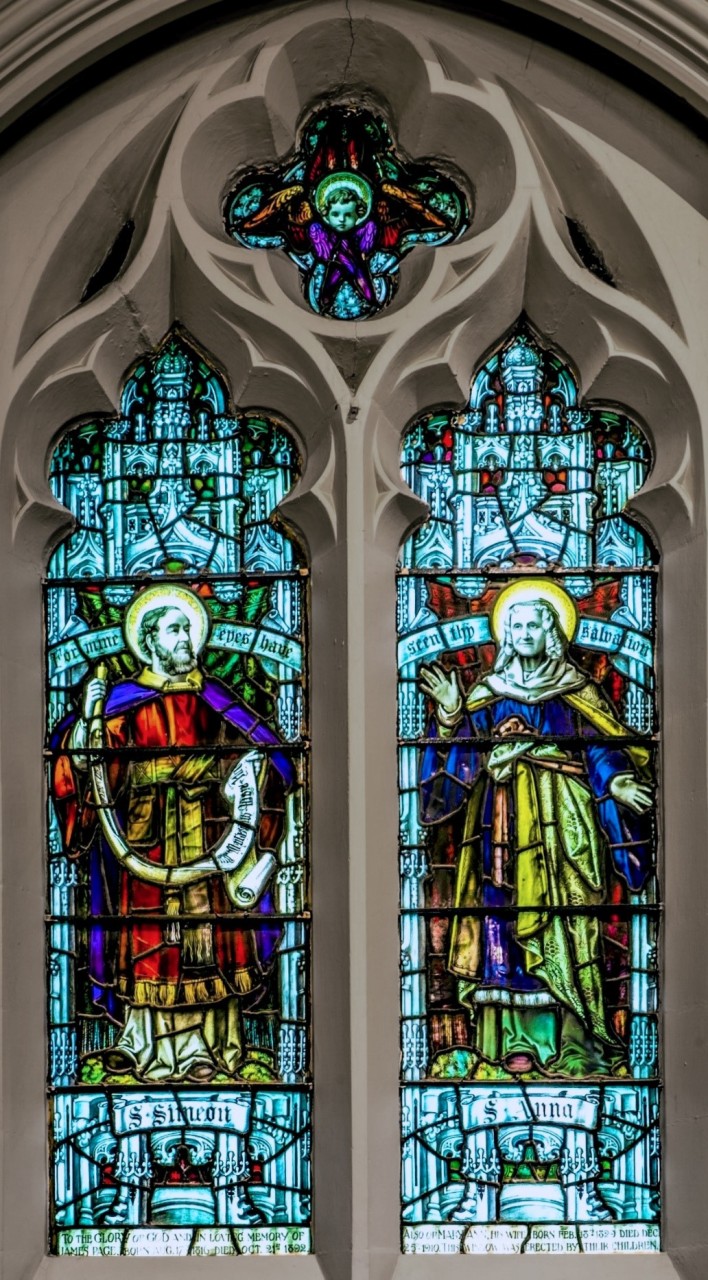
One of the features of the New Malden area in the nineteenth century was the amount of local land that was used for farming. A map of the Coombe Warren Estate in 1837 shows how much this was the case.
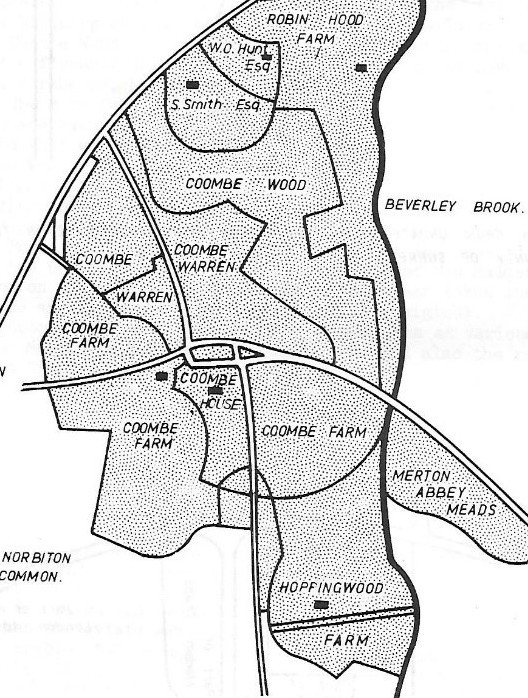
It was then that the estate was purchased by Prince Adolphus Frederick (1774-1850), the Duke of Cambridge and uncle of Queen Victoria, who had come to the throne that year. Following his death, ownership of the estate passed to his son, George, the second Duke of Cambridge (1819-1904).
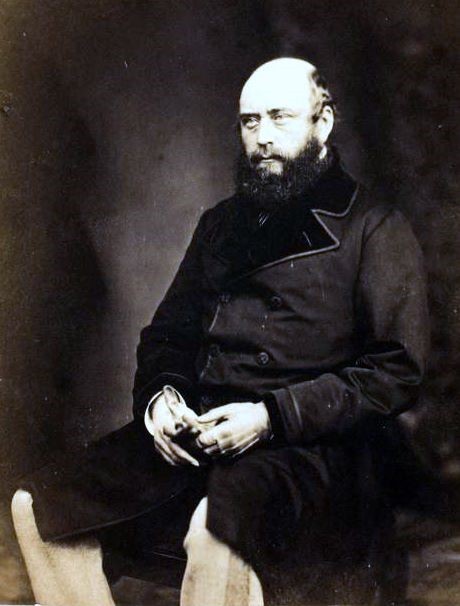
It was this Duke who was involved in the famous ‘Battle of Coombe Warren’ in 1853 when the Croydon Assizes found against him for restricting access to the footpath on Warren Road to ‘respectable people’. It was the second Duke of Cambridge who also gave the land for Christ Church to be built upon in 1866.
The two largest agricultural holdings on the Coombe Warren estate were Coombe Farm and Robin Hood Farm. In 1857 the tenancy of Coombe Farm passed to James Page. Page, who was born in 1816, had previously been an agriculturalist at Merton Hall farm and had already found prominence for seeking to resolve the financial problems affecting farmers. In May 1849 he had been presented with a silver cup bearing the inscription: ‘Presented to Mr James Page by farmers and other attending Kingston and Epsom markets as a tribute of their esteem for the zeal and energy displayed by him in promoting the County Meeting relative to agricultural distress’. Two years earlier on 14th April 1847, he had been married to Mary Ann Baker at the Parish Church of Yatton in Somerset. On his marriage certificate, James is described as a yeoman with his father, John Page, given as a merchant.

Mary was the daughter of Samuel and Mary Baker and had been born around 1827. The marriage resulted in eight children: James Baker Page (1848-1939), Sidney John (1851-1936), Marian Charlotte (1855-1929), born when they lived in Merton, and Alice Anne (1858-1947), Ada Jane (1851-1929), Arthur Edward (1863-1942), George Frederick (1867-1955) and Frank Harold (1871-1950) born after they moved to Coombe Farm. For the time, the longevity of all eight of the Page children was very unusual. According to the census records, James and Mary also had six servants at their home in Coombe Farm.
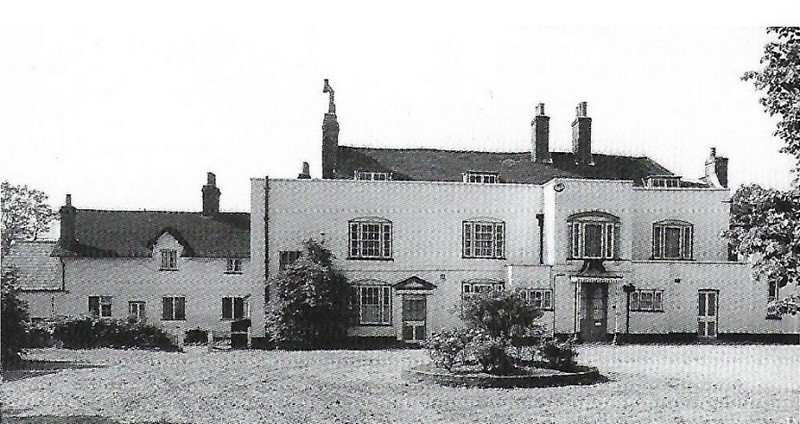
Possession of Coombe Farm involved James Page farming around 461 acres of land. The Surrey Comet described him as ‘gaining a reputation amongst agriculturalists as an excellent farmer, his opinion on all matters of farming carrying considerable weight’.
Page was also known for his wit. On one occasion when he was challenged by a lawyer about the profit made by farmers from the carcass, mutton and wool from their sheep, he evidently said that it was nothing compared to that made by lawyers through their use of its skin for parchment!
Another area of interest for James Page was in the development of the gas industry. He was elected as a director of the Kingston Gas Company in 1866 and appointed its chairman the following year. James went on to become chairman of the Mitcham and West Kent Gas Companies as well and was still in possession of all three posts at the time of his death.
James and Mary Page were very regular worshippers at Christ Church from its start in 1866. Before this they evidently worshipped at its predecessor, the temporary church of St James in Poplar Walk (now Grove) which was established in 1857, the same year that the Pages came to Coombe Farm. Charles Stirling was a formidable personality who fell out very seriously with at least two of his Churchwardens in Frederick Somner Merryweather (1867-71) and Edwin Farley (1883-85). In the first case this was over Christ Church School in Lime Grove and in the second over the wild accusations Stirling made that W.E. Gladstone, the four times Liberal Prime Minister, was a closet papist! James Page served as Churchwarden at Christ Church from 1872-73 and evidently managed to maintain a good relationship with his fiery Vicar who regarded Page as properly supportive of him!
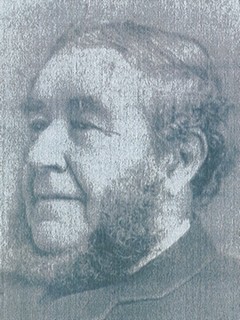
James Page died at home on 21st October 1892 at the age of 76. He had been in good health until the year before and it was not until 23rd August 1892 that he became seriously ill when he had to return early from a meeting at the Kingston Gas Company. Tributes to James following his death covered his role in farming and the gas companies but also his public service on the Kingston Board of Guardians from 1863 and his membership of the Royal Sanitary Authority which involved being their representative on the Lower Thames Valley Main Sewage Board. He also served on the Union Assessment Committee. The tribute in the Surrey Comet mentioned ‘his strong common sense and his genial bonhomie that made his presence always acceptable’ and concluded by saying: ‘There are few public men in the neighbourhood whose loss will be more sincerely regretted, for Mr Page was one of those cheery, good natured men who are favourites with everyone’.
The Sunday after James Page’s death, Charles Stirling, the first Vicar of Christ Church, spoke of the great loss that he felt at the death of one who was ‘a staunch supporter of the church and a dear friend’. He added that Mr Page had ‘never wavered in his kindness and attachment to himself, and he was therefore deeply moved by the removal of such a member of his flock’. The Vicar invited the congregation to pray for the sorrowing family and ‘alluded to the faith in Christ which Mr Page had manifested on his dying bed, so long as his mind was clear’. Stirling’s sadness at the loss of James Page was compounded by the death on the previous Sunday of Lady Revelstoke who as Mrs Edward Baring had laid the foundation stone for Christ Church in June 1866 and been a major supporters of Christ Church whilst she and her husband resided in Coombe. Charles Stirling was in his last few months at Christ Church and in mentioning these and other deaths of members of Christ Church during 1892 expressed regret ‘that his successor should be without that help and sympathy and support from Coombe which it was his privilege long to enjoy’.
James Page’s funeral took place on Wednesday 26th October and he was buried at Kingston Cemetery.
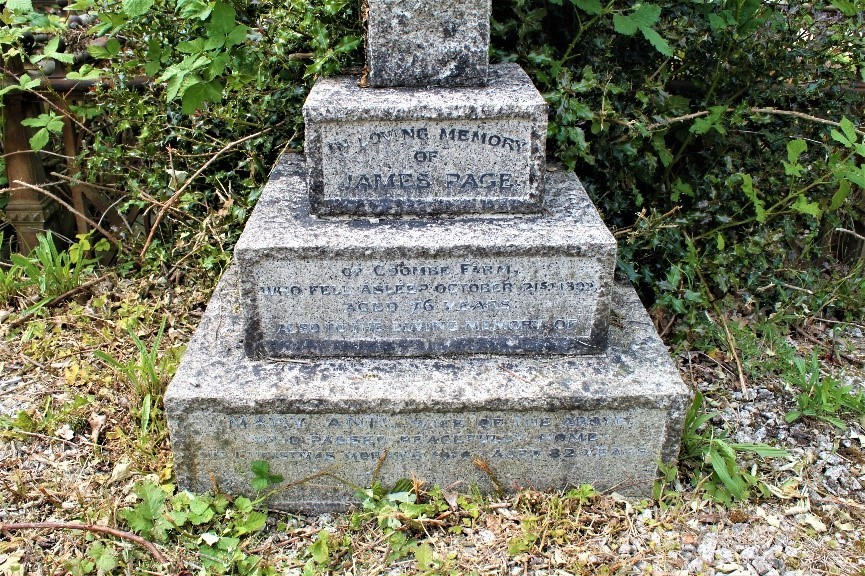
Charles Stirling took the service and its report in the Surrey Comet mentions a letter of condolence received from the Duke of Cambridge and floral tributes sent by each of the companies and organisations with which Mr Page had been involved. In his will, James Page passed on effects of £14,654 1s 6d to his widow, Mary Ann Page.
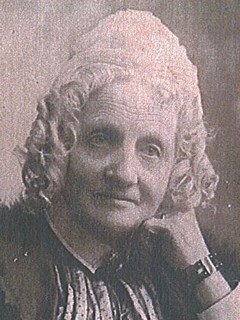
Following his father’s death, James Baker Page took over the tenancy of Coombe Farm. By 1904 however, James was no longer the tenant of Coombe Farm having moved to another farm in Buckinghamshire. This was chiefly because of the rapid growth within the Coombe area of mansions to house its wealthier inhabitants. As the Surrey Comet declared that he ‘would have remained in possession for a longer period, had not the march of building operations threatened him with the loss of some of the best land’. Mary Page, however, continued to live at Coombe Farm house until she died on Christmas Day 1910 at the age of 83 and was buried alongside her husband at Kingston Cemetery.
It was following the death of Mary, that the Page children decided to commission a window in their memory of their parents at Christ Church, New Malden. The firm that made the window were J. Dudley Forsyth and the subject of the window were Simeon and Anna – the two older people who encounter the baby Jesus in chapter 2 of Luke’s Gospel. It was placed in the south wall.
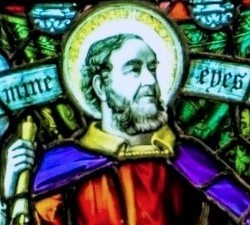
A striking feature of the window was the use of James’s face for Simeon and Mary’s face for Anna! This is unique amongst the windows at Christ Church New Malden but was apparently not uncommon at the time.
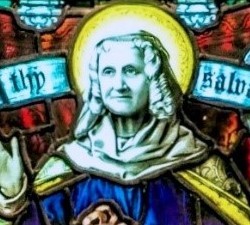
The very human face of the cherub at the top of the window has caused some to speculate whether it used the face of a child of James and Mary, who perhaps died young.
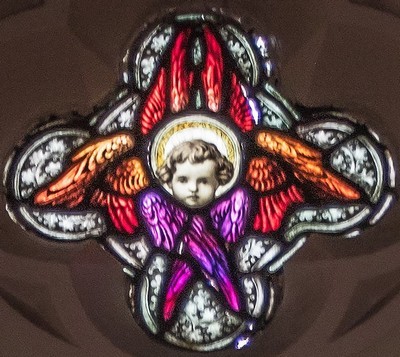
However there is no evidence of such a child. As mentioned the eight Page children all achieved relative longevity and several of them were subsequently buried with their spouses and alongside James and Mary at Kingston Cemetery.
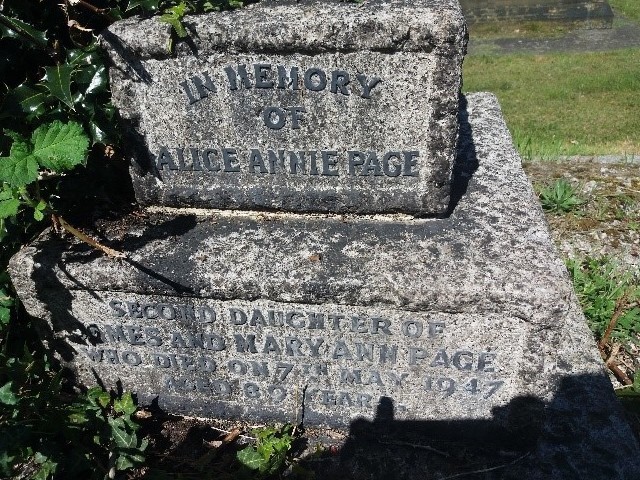
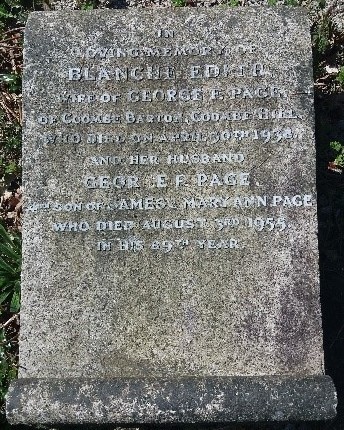
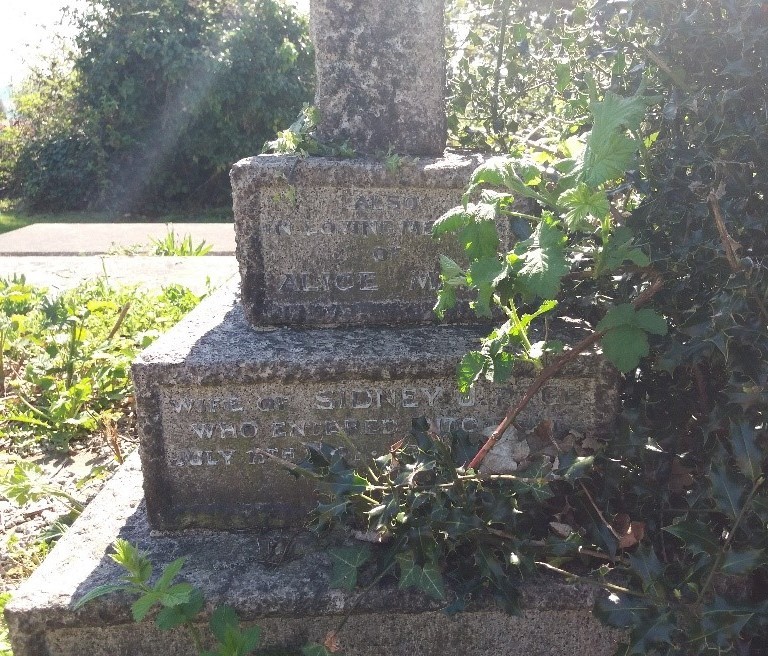
You can listen to the sermon from the Windows on the Gospel sermon series below.
| Tabitha/Dorcas (1908) | ‘I will give you the crown of life’ (1920) |
